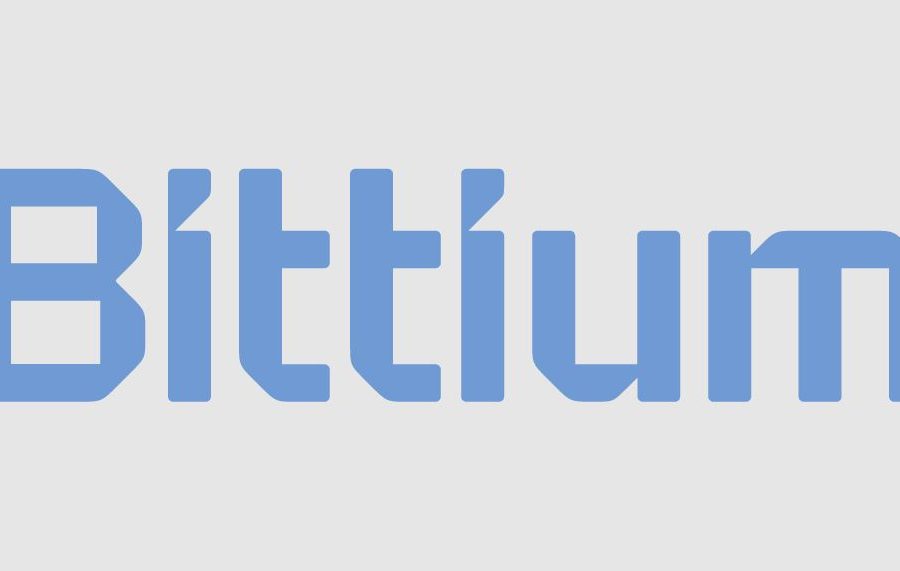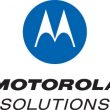Bittium official: Public-safety LTE devices ready, but can’t ‘wait for ProSe any longer’
Public-safety adoption of LTE devices will become “mainstream” globally during the next couple of years, but agencies should not expect commercial-device pricing or that Proximity Services—the LTE direct-mode standard known as ProSe—will address the need for off-network communications, according to a Bittium official.
Jarno Majava, EMEA sales director for Bittium—the Finland-based manufacturer of rugged LTE devices—said during last week’s British APCO (BAPCO) virtual event that he believes rugged LTE device have matured significantly during the past decade and could be adopted broadly by first responders in the near future.
“There’s a famous Finnish rock-and-roll artist who used to say, ‘Everything takes 10 years.’ I’ve found that, in mission-critical broadband devices, it’s now becoming true,” Majava said during a session at BAPCO: The Online Event.
“We started in 20212 with the first Band 14-capable devices, and I think that next year—2022—will be the year when we are entering the mainstream.”
However, first-responder agencies purchasing hardened LTE devices should use language in procurement documents that force vendors to meet operational requirements—for instance, mandating 12 hours of battery life—instead of specifying how those requirements are met, Majava said. Mandating hot-swappable replacement batteries in an LTE solution often is not beneficial when vendors like Bittium have developed on-body charging holsters and other solutions that achieve the same goal in a different manner, he said.
In addition, officials procuring and budgeting for LTE devices should not assume that a rugged handset designed to meet the rigors of public safety—a small subset of the overall LTE market—will cost the same as the consumer devices they use in their everyday lives, according to Majava.
“There have been some requirements in the procurements that mission-critical devices should only cost this or that much. This is not the Bring Your Own Device market,” he said. “The [first-responder] volumes are very limited and the devices are very specialized, so please don’t expect that there will be mass-market pricing for those.”
Rugged LTE devices from Bittium and other device manufacturers let public safety access key databases and leverage multimedia capabilities, from photos/videos to broadband push-to-talk (PTT) services. But ProSe is one feature that has not developed as many in public safety had hoped since being established by 3GPP five years ago, and it is time for first-responder agencies to seek alternative solutions—a strategy Bittium has embraced, Majava said.
“I think the industry has been waiting for ProSe, [thinking] that it will solve the problem of off-network communications,” Majava said. “We didn’t think so, so we launched several years ago this Hybrid X solution that allows you to combine your LTE device together with your existing TETRA devices.
“I think everybody was so eager to wait for ProSe that nobody really kind of went for it, so we didn’t get a big customer demand for that solution. I think it’s now time to look at more alternative solutions about how this could be solved, because I don’t think I don’t think we can wait for ProSe any longer. We have to do something that does the job and meets the mission-critical requirements.”
Omdia analyst Ken Rehbehn said he agrees with this assessment of ProSe.
“It’s time to move on,” Rehbehn said during an interview with IWCE’s Urgent Communications.
Samsung’s Galaxy XCover Field Pro rugged LTE device—available for use on FirstNet in the U.S., SafeNet in South Korea, and being tested on the Emergency Services Network (ESN) in the UK—is optimized to meet the 3GPP mission-critical push-to-talk (MCPTT) standard and includes a ProSe chipset developed by Samsung.
To date, the XCover Field Pro is the only device that is publicly acknowledged to have a ProSe chipset, with other smart-device chipmakers like Qualcomm not including ProSe in their products. But an ESN official last week confirmed that the XCover Field Pro will reach its end of life soon, and Samsung has not announced whether it intends to offer ProSe in another rugged device in the future.
Some industry sources have told IWCE’s Urgent Communications that they would not be surprised if the ProSe initiative is abandoned entirely, because many question whether the LTE direct-mode technology can ever meet the first responders’ performance standards, which would reduce the economic incentives for its development.
In addition to ProSe fundamentally being an unnatural technology for LTE—an off-network service operating outside of LTE’s network-controlled broadband platform—but the physics that must be overcome to match current land-mobile-radio (LMR) performance are daunting, according to numerous industry sources.
LMR users located beyond the coverage footprint turn to direct-mode communications—often called simplex or talkaround mode—to maintain voice communications with others in the nearby area, without utilizing network infrastructure. Depending on the terrain, the range of LMR direct-mode communications can extend several miles, as LMR radios transmit a power levels as high as 3 to 5 watts, have significant external antennas that improve gain, and often operate on VHF or UHF airwave that have excellent RF propagation characteristics.
In contrast, LTE devices typically transmit at power levels of just 0.2 watts, have an internal antenna and operate at the higher end of the most-used LMR airwaves, so the RF signal propagation is no better than even—and often worse. Given these physics disadvantages, the range of ProSe is “maybe half a mile,” a Samsung official said during an IWCE 2020 session last fall.
There may be questions about the future of ProSe, but public-safety officials have been clear that the need for reliable off-network communications remains an operational priority. No network provides ubiquitous coverage and is completely indestructible in the face of the worst natural and man-made disasters—when public safety and first responders are needed most—so being able to communicate without depending on network gear is crucial.
This is especially true in the United Kingdom (UK), where the government’s Home Office plans to replace the aging nationwide Airwave TETRA voice-centric network with the Emergency Service Network (ESN), the public-safety LTE initiative.
Representatives of fire, police and ambulance services speaking at the BAPCO virtual event underlined the importance of LMR-like voice performance from the ESN and its devices before first responders would be comfortable leaving the Airwave system.
Mark Jones, ESN operational lead for the Merseyside Fire and Rescue Service that is testing the ESN system, noted the potential interoperability benefits of LTE and is optimistic about its long-term benefits—“that is definitely the way I think people will go in the future.” But he expressed doubt whether firefighting agencies would be willing to transition from TETRA to ESN in the near term.
“Not at present—we’ve still got a ways to go,” Jones said.
Colin Searle, chief superintendent and program director for ESN’s police implementation in the southwest region of the UK, was asked during the same session specifically whether UK police agencies would be willing to abandon Airwave before the ESN delivers a device-to-device service.
“I think the police position at the moment is ‘No,’” Searles said.
This sentiment was echoed by session moderator Chris Lucas, who is an ambulance senior user and assurance manager for the NHS Ambulance Radio Programme (ARP).
“To answer it from the ambulance perspective, again, we will require device-to-device service,” Lucas said. “We’re interested to find out how that will be provided.”
While acknowledging the shortcomings of ProSe, many LTE proponents have noted that the conversation around first-responder off-network communications in an LTE/broadband environment could prove to be very different than it is in the LMR world.
Not only has the LTE coverage area for carriers serving public safety grown significantly in recent years—meaning users are on the network the vast majority of the time—but the ecosystem of alternatives to traditional terrestrial networks has evolved significantly during the past few years and could accelerate in the near future, industry sources have said.
In the United States, FirstNet subscribers can use high-power user equipment (HPUE) technology via the new MegaRange service that is designed to almost double the effective coverage from a cell site. In-building coverage also is expected to improve, with solution leveraging everything from HPUE, small cells, DAS systems and Wi-Fi networks.
Deployable solutions also can be used to address any LTE coverage gaps. In addition to traditional cells-on-wheels (COWs) and SatCOLTs, this ecosystem also includes LTE drones, LTE blimps, and “bring the network with you” solutions, including mobile satellite offerings on vehicles, networks that can fit in backpacks or Pelican cases, as well as small cell sites that can be deployed quickly at an incident scene.
Many industry observers also are monitoring the development of low-earth-orbit (LEO) satellite constellations, which offer the potential of higher data speeds and smaller device form factors for users. In fact, one company last year claimed a successful test of its LEO satellites communicating directly to existing commercial smartphones.


















Unfortunately the view here about “no need for device to device communications because people will be on the network more of the time” is one I have heard before.
I heard it from equipment manufacturers in 2001, when at the time it was being said that there was no need for TETRA device to device communications.
Public safety users say that it is a must have, because they will need to go where even good networks don’t provide coverage and they must have a way to communicate.
– I remember someone from Norway saying that at TETRA World Congress 2001 because they have a big country to cover.
– I remember the Met Police at TWC 2001 supporting that view.
– and Device to Device has been used in the UK by Ambulances and also by Police.
– and planes and trains crash where they want to, and not necessarily where there is coverage in the hills, forests and mountains.
There needs to be a way to meet the user requirement for operations when there is no network coverage present.
– and the users are used to device to device communications in the absence of anything else.